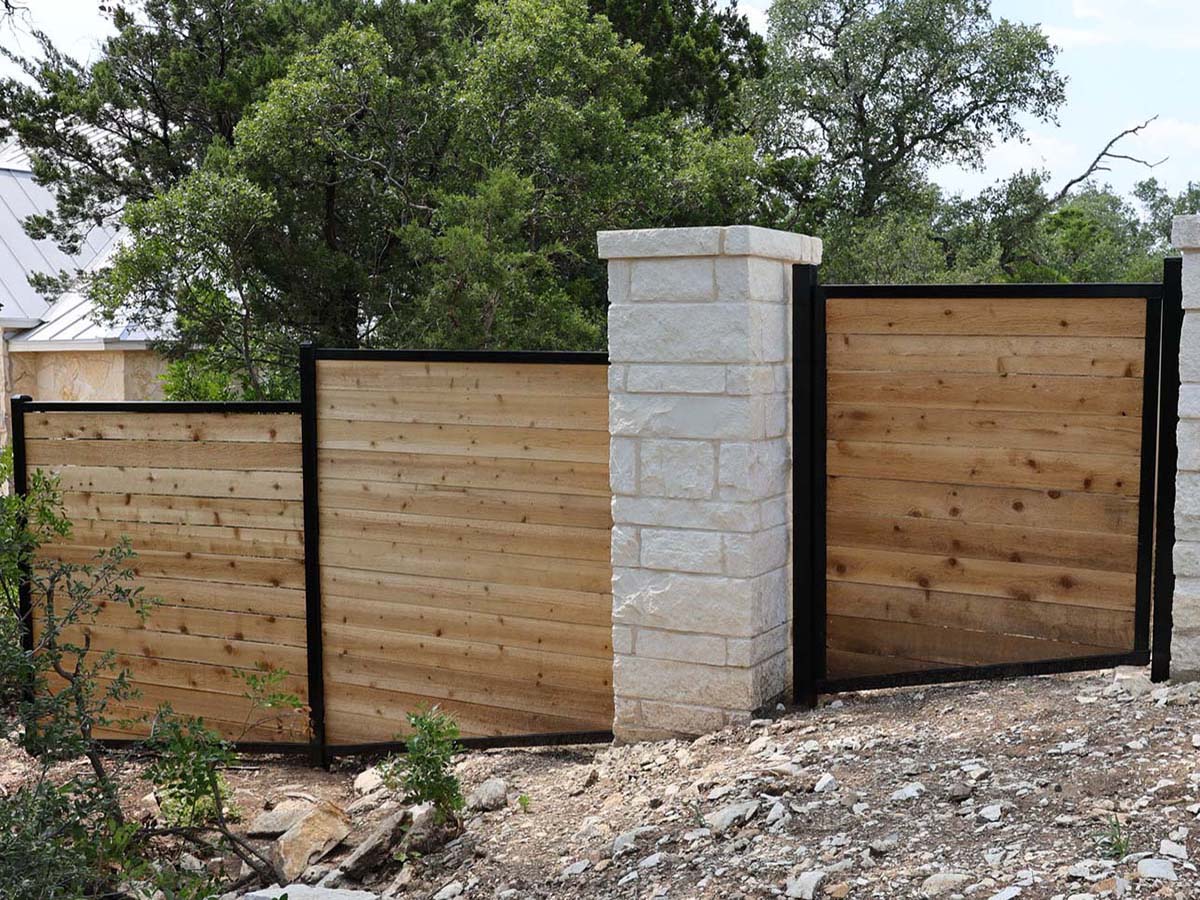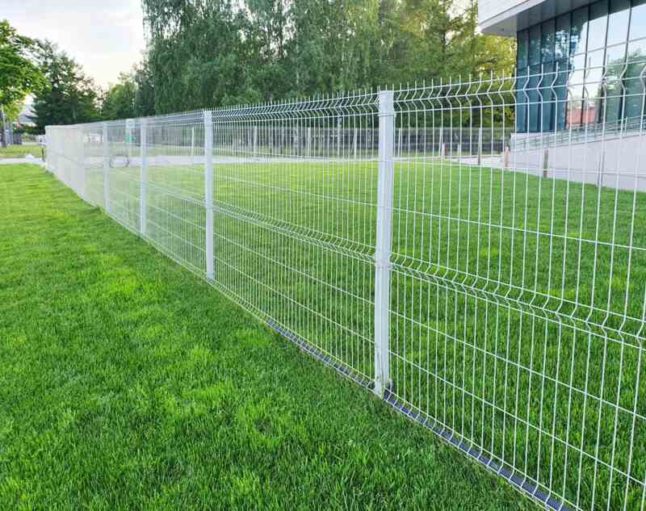All Categories
Featured

As sustainability comes to be a significantly crucial factor to consider for homeowners, even more people are transforming to eco-friendly fence products. Whether you're developing a fence for personal privacy, protection, or aesthetic purposes, picking materials that reduce environmental influence is a fantastic way to add to a much healthier earth. Here's a check out the top environment-friendly fence materials available today and their benefits.
- Bamboo Fencing: Fast-Growing and Sustainable. Bamboo is one of one of the most lasting secure fencing products on the market. Unlike typical timber, bamboo is unbelievably fast-growing, which implies it can be collected without depleting woodlands. This makes it a highly renewable energy, with some types growing up to 3 feet in a single day.
Ecological Advantages: Bamboo absorbs a lot more co2 than numerous various other plants, aiding to counter greenhouse gases. Its quick development rate indicates it can be gathered consistently, making it an eco-friendly material. Toughness: Bamboo fences are normally resistant to insects and decay, especially when correctly dealt with, minimizing the requirement for chemical therapies. Aesthetic Charm: Bamboo gives a special, all-natural look that complements both typical and modern landscaping designs. Nonetheless, while bamboo is an excellent alternative, it's important to guarantee that the bamboo used is sensibly sourced to stay clear of adding to ecological degradation.
- Recycled Steel Secure Fencing: Multiple-use and long lasting. Recycled metal fence, such as aluminum or steel, offers an eco-friendly option to conventional timber fences. These steels are often made from recycled products, minimizing the requirement for brand-new mining and the environmental effect linked with drawing out raw products.

Environmental Benefits: Metals like aluminum and steel are 100% recyclable, meaning they can be reused and repurposed indefinitely without shedding top quality. Resilience: Steel fencings are unbelievably resilient, immune to weather, pests, and put on, making them a durable choice that doesn't need to be changed frequently. Reduced Maintenance: Recycled metal fences call for very little maintenance and do not need to be painted or secured on a regular basis, reducing the demand for additional chemicals. The main downside is that steel fences might not give the very same personal privacy as wood or plastic choices, as they can have spaces depending upon the design.
- Recycled Timber Secure Fencing: Natural and lasting. For those who love the classic appearance of timber but desire an environment-friendly option, recycled timber fence is an outstanding selection. This material is made from redeemed wood from old structures, pallets, or also furniture, drawing away these products from land fills.
Environmental Advantages: Using recycled timber stops the need to reduce new trees, aiding to conserve woodlands and minimize deforestation. Aesthetic Allure: Recycled timber uses a rustic, all-natural look and can be tailored to fit any home design. Sustainability: Since it is sourced from existing wood products, recycled wood does not need brand-new processing, which lowers power consumption and carbon emissions. While recycled timber fences are an environment-friendly alternative, they may need even more maintenance gradually than steel or bamboo fences, as wood can be prone to degeneration and pests otherwise effectively dealt with.
.jpg)
- Living Fencings: All-natural and Eco-friendly. Living fences, which are made from dense plantings like bushes, hedges, or trees, use a green and completely all-natural option to traditional fence materials. These fencings not just offer personal privacy however likewise improve your yard with lovely greenery.
Environmental Advantages: Living fences can take in carbon dioxide, give environment for wild animals, and enhance air top quality. Sound Decrease: Dense plantings can act as natural audio barriers, minimizing website traffic sound or various other unwanted sounds. Visual Charm: They add a soft, natural aesthetic to any kind of residential or commercial property and can be tailored to fit any type of design. While living fencings are eco-friendly, they do need normal upkeep such as trimming, watering, and occasionally pest control.
- Hemp Fence: Solid and biodegradable. Hemp is another sustainable product that has actually made its means right into the secure fencing market. Hemp fencings are made from solid hemp fibers that are woven with each other to create green and sturdy panels.
Environmental Advantages: Hemp expands promptly and requires minimal water, making it a resource-efficient plant. When no longer required, the material is biodegradable and can be composted. Toughness and Sturdiness: Hemp fencing is remarkably strong and weather-resistant, making it ideal for many environments. Sustainability: Hemp farming needs less pesticides and fertilizers than conventional crops, making it an environmentally liable option. Nevertheless, hemp fence may not be as extensively offered as various other materials, depending on your location.
Final Thought: Sustainable Choices for every single Need. Picking green secure fencing materials is a great means to reduce your environmental footprint while still achieving the privacy, protection, and visual you prefer. From fast-growing bamboo to recycled wood and steel, there are a variety of sustainable choices that can aid you develop a stunning, practical fencing while supporting a much healthier world. By taking into consideration variables such as resilience, maintenance, and ecological impact, you can pick the finest eco-friendly fence material for your needs and way of living.
Latest Posts
Seamless Light Weight Aluminum Gutters: The Smart Choice for Your Home
Published May 28, 25
1 min read
Shield Your Home with Quality Residential Roof Covering
Published May 24, 25
1 min read
How Chicago Drivers Prefer Montclare Auto Repair for Reliable Service and Great Savings
Published May 23, 25
1 min read
More
Latest Posts
Seamless Light Weight Aluminum Gutters: The Smart Choice for Your Home
Published May 28, 25
1 min read
Shield Your Home with Quality Residential Roof Covering
Published May 24, 25
1 min read
How Chicago Drivers Prefer Montclare Auto Repair for Reliable Service and Great Savings
Published May 23, 25
1 min read